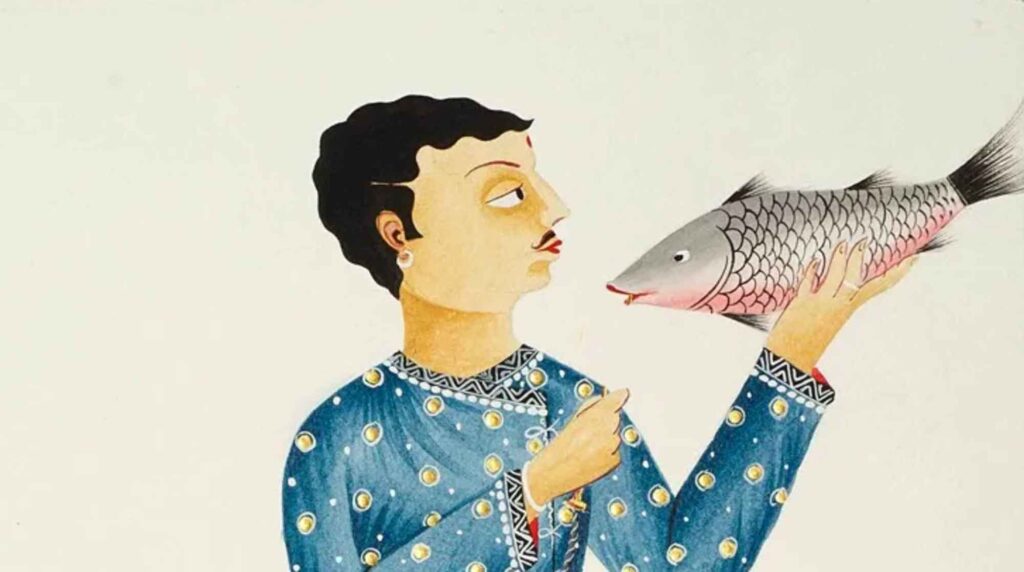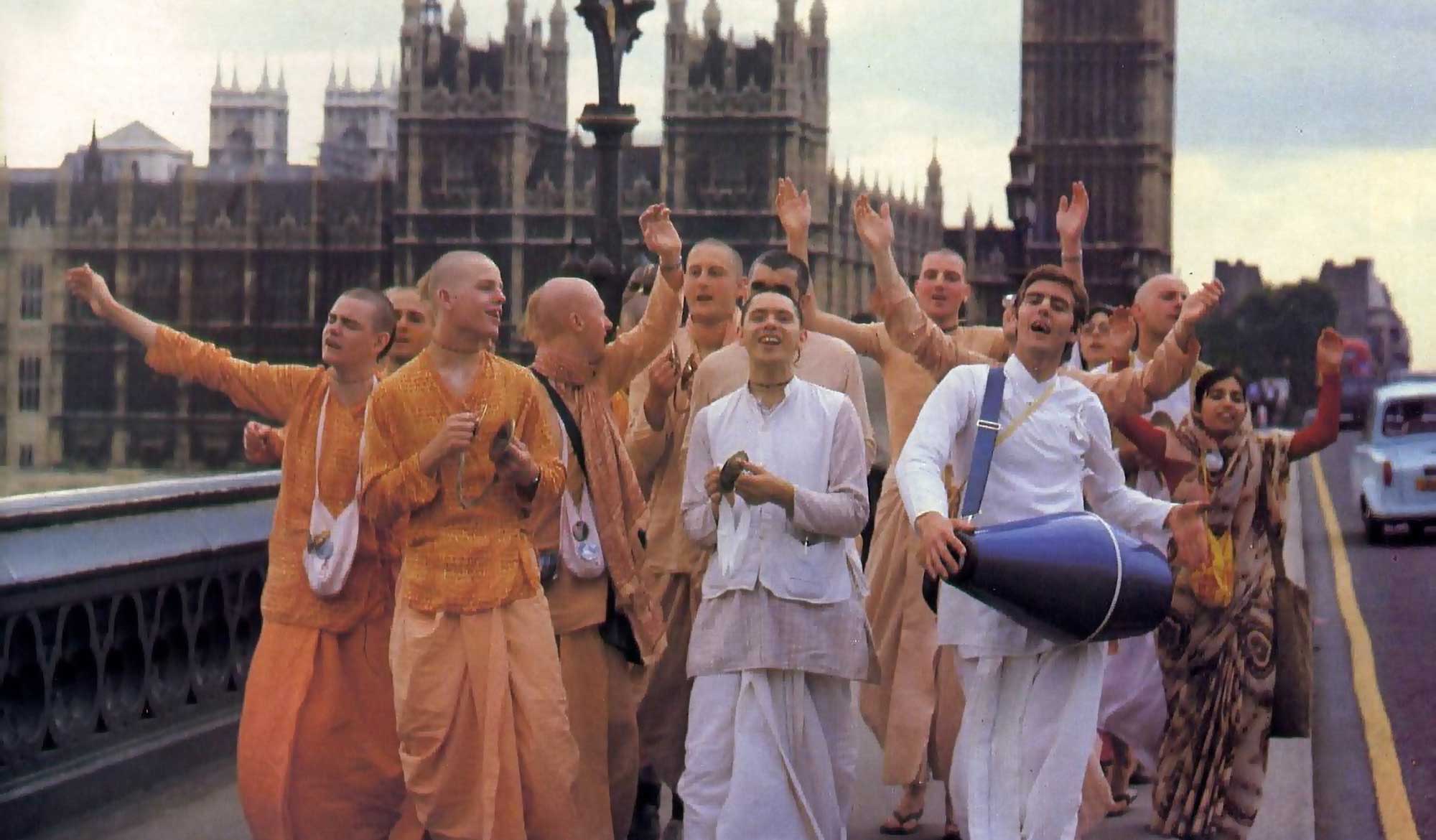Overview
This article, ‘Śrī Parameśvarī Dāsa’ was first published in Sajjana Toṣaṇī, Vol. 2, issue 4 in 1885. Bhaktivinoda Ṭhākura gives a brief biography of Nityānanda Prabhu’s associate, Śrī Parameśvarī Dāsa Ṭhākura.
(translated by Swami B.V. Giri)
This year, on the full moon day of 18th Vaiśakha, is the disappearance of Śrī Śrī Mahāprabhu’s beloved friend, Śrī Parameśvarī Dāsa. This day is a viraha-mahotsava (observance of separation) for the Vaiṣnavas. Parameśvarī Dāsa took birth in a vaidya (Ayurvedic doctors) family. His ancestral home was Ketugrāma (Kāugrām). He became the disciple of Śrī Nityānanda Prabhu and settled in Śrīpāṭ Khaḍadaha. There he became especially venerated by everyone, by showing various miraculous activities such as taking on a four-handed form etc. At the time when Nityānanda Prabhu’s wife, Jāhnavā went to Śrī Vṛndāvana with her adopted son Rāmacandra, Parameśvarī became their chief protector at the behest of Vīrabhadra. He stayed in the village of Garalgācchā for some time.
On the order to Śrīmatī Jāhnavā Devī, he went to the village of Taḍa Āṭapura and manifest the Deity of Śrī Śrī Rādhā-Gopīnātha. Now the Name of the Deity is Śrī Śyāmasundara. At present, we do not know the reason why the name was changed. At the time when Parameśvarī Dāsa visited Taḍa Āṭapura, the son of a wealthy Suvarṇa-vānik (gold merchant) in that village with the title of Poddar, died. He revived the dead son, and received a lot of land and property from his father, and was able to perform nice service to the Deities.
He planted two tooth-picks in this place which became two bakula trees. Those trees are still present there. It is heard from the mouths of mahātmās that one day, when he was performing śrī-hari-saṅkīrtana in Āknā Maheśa, some atheistic people took a dead jackal and threw it in the area where the saṅkīrtana was going on. Consequently, the all-merciful Parameśvarī Dāsa laughed and brought the jackal back to life, which then joined in with the hari-saṅkīrtana. Parameśvarī Dāsa’s descendants are still present in Garalgācchā.
The modern community at present may laugh upon hearing the narrations of the miraculous deeds of Parameśvarī Dāsa. However, we can freely say that siddha-puruṣas (perfected beings) can perform miracles at will.













